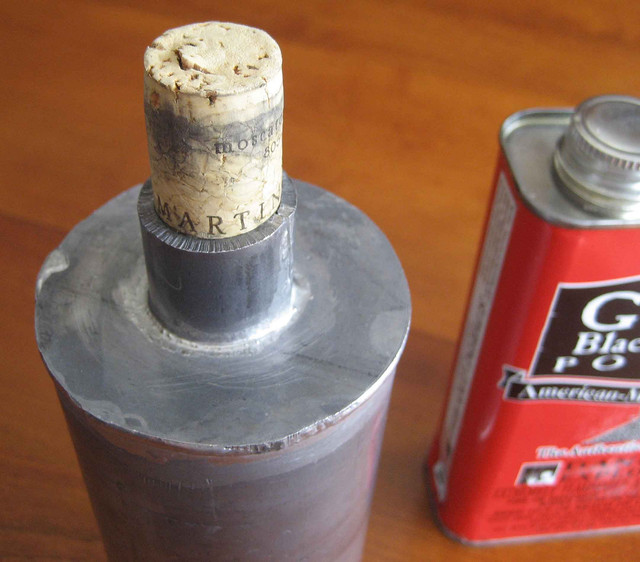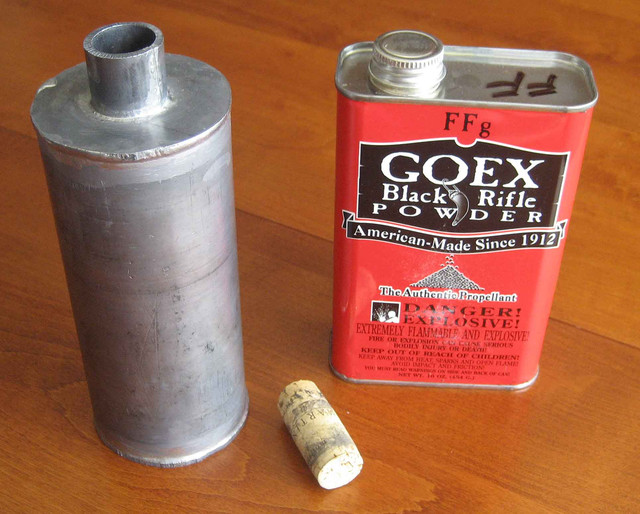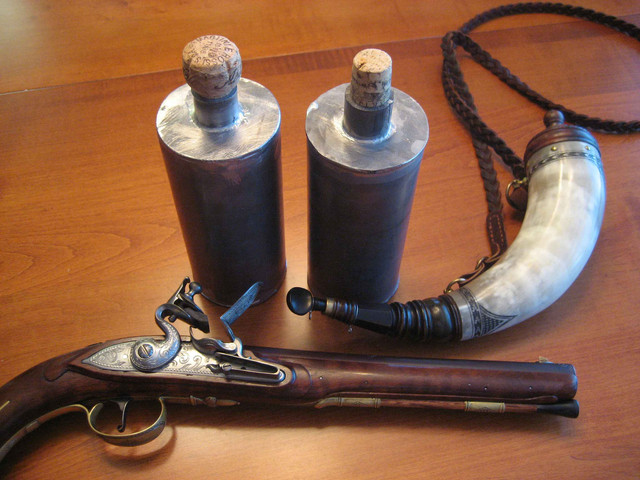- Joined
- Mar 7, 2007
- Messages
- 700
- Reaction score
- 2,175
Ever since I read the journals of Lewis and Clark as a young boy, I was taken by the cleverness of Lewis's method of storing powder in a lead canister that used just enough lead to make bullets for all the powder in the can. Made of soldered lead, they were corrosion proof, water proof, and sealed with a cork dipped in sealing wax or pitch. By their account, the canisters held 4 pounds of powder and were made of 8 pounds of lead. Assuming they were shooting 0.560 cal balls (~264 grains each) in .58 cal weapons (on average), eight pounds of lead would make up about 212 round balls. With 4 pounds of powder (28,000 grains) in the can, that would leave them 132 grains of powder per shot (including prime). That seemed a little stiff to me, but when you consider that they were shooting elk, buffalo, and griz....maybe it's even a little light. At any rate, it was a @!*% clever idea. So clever that I thought I would make one up for myself, just to keep up on the work shop shelf. While there are sparse verbal descriptions of the original canisters, none now exist and, as far as I can discover, there are not even any sketches of the original design. Also, I didn't want to make one up quite as large as the originals. So, starting with the assumption of holding one pound of powder for a .50 cal rifle, I came up with the dimensions for a canister with a 2.5 inch inside diameter and 6.4 inches tall made out of 0.090 thick sheet lead. The end result, shown in the following photos is made of 2.6 pounds of lead and will cast up just over 100 balls (0.490 diameter and ~176 grains each). Holding one pound of powder, that leaves me with 70 grains of powder per shot - close enough. Anyway, just thought it was a fun thing to do in a couple of hours and thought someone else here might enjoy seeing it.












